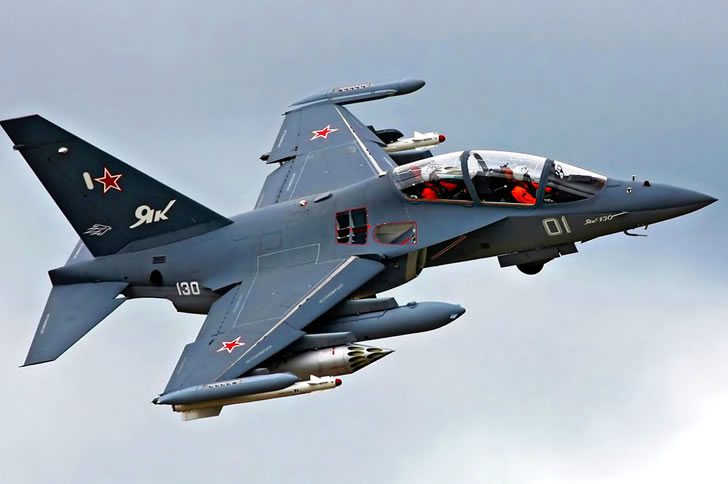The move to develop a new warplane accelerates steps that are expected to shape the future of the European fighter industry and its three existing programmes – the Eurofighter, France’s Rafale and Sweden’s Gripen, Reuters said.
The move also reflects efforts to give fresh impetus to Franco-German relations in the aftermath of Britain’s decision to leave the European Union and was described by defence experts as a snub to Europe’s leading military power..
France and Germany aim to come up with a roadmap by mid 2018 for jointly leading development of the new aircraft to replace their existing fleets of rival warplanes, according to a document issued after a Franco-German cabinet meeting in Paris.
“Today there are too many European standards and qualifications and sometimes there is competition among Europeans internationally,” French President Emmanuel Macron told a news conference, flanked by German Chancellor Angela Merkel.
“I can confirm this is a deep revolution but we are not afraid when they are carried out peacefully, in a structured way and over time,” Macron said.
France and Germany said their new combat system, which analysts say could involve a mixture of manned and unmanned aircraft, would replace the Rafale and Eurofighter, rival jets that compete fiercely for global sales.
That would mark the end of a decades-long split since France withdrew from the Eurofighter project in the 1980s to produce its Rafale warplane with Dassault Aviation (AVMD.PA).
Defence industry experts called the move a setback to Britain and its leading arms contractor, BAE Systems (BAES.L).
“It is a sign to the British. It means ‘you are leaving the EU and we are driving forward. We are no longer interested in you blocking the EU on defence’,” a senior German defence industry official told Reuters.






